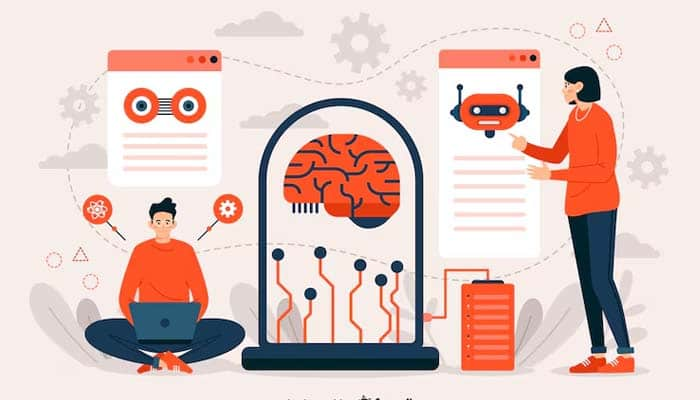Japan's innovative methods focus on discipline, mindfulness, and adaptability, offering practical solutions to boost learning efficiency and mental clarity.
Japan is known for its unique and effective methodologies that foster learning, creativity, and productivity. These techniques emphasize discipline, mindfulness, and structured approaches, making them ideal for anyone seeking to learn faster and more efficiently. Here are five Japanese techniques that can transform the way you approach learning.

Kaizen is a philosophy of small, incremental improvements that lead to big results over time. This technique encourages learners to focus on manageable, step-by-step progress rather than overwhelming goals. By mastering one concept at a time, Kaizen promotes long-term learning and growth.

Ikigai, which means "reason for being," helps learners find purpose in their studies. By aligning what they love, what they are good at, and what the world needs, learners can stay motivated and focused. Understanding their personal Ikigai ensures a more rewarding and purposeful learning journey.

Although globally popular, the Pomodoro Technique aligns with Japan's focus on time management. It involves working in short bursts of 25 minutes, followed by brief breaks. This method enhances concentration, reduces fatigue, and allows for better retention of information.

ShuHaRi is a three-phase learning method that helps learners achieve mastery. Shu stands for learning the basics by following rules, Ha is about adapting and innovating, and Ri represents transcending knowledge to create something new. This structured framework ensures deep comprehension and creative application.

Haragei emphasizes developing intuitive understanding through non-verbal communication and mindfulness. It encourages learners to observe, absorb, and internalize knowledge beyond words, fostering a deeper connection with the subject matter. This technique is particularly useful in creative and experiential learning.
You may also like

Over 33,000 challans issued for vehicles without high-security number plates in Gurugram

Murshidabad violence: Prime suspect in man-son murder to be produced in court today

Bangladesh: Awami League leaders, supporters take out flash procession in Khulna

Seelampur Murder Case: Delhi Police Arrest 7 So Far, Including 3 Key Accused

Nigel Farage victory as new mega poll predicts Reform would win next election







